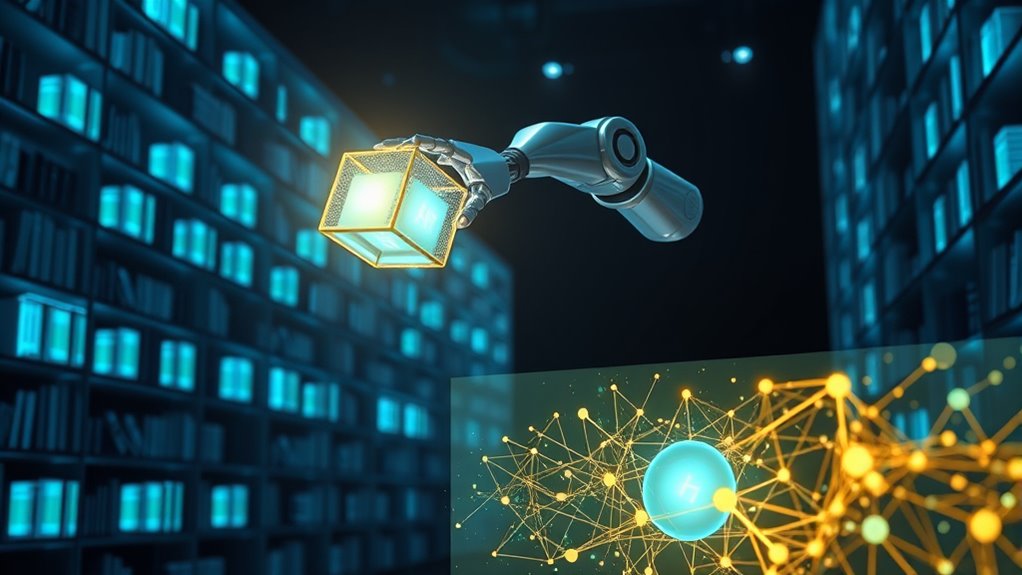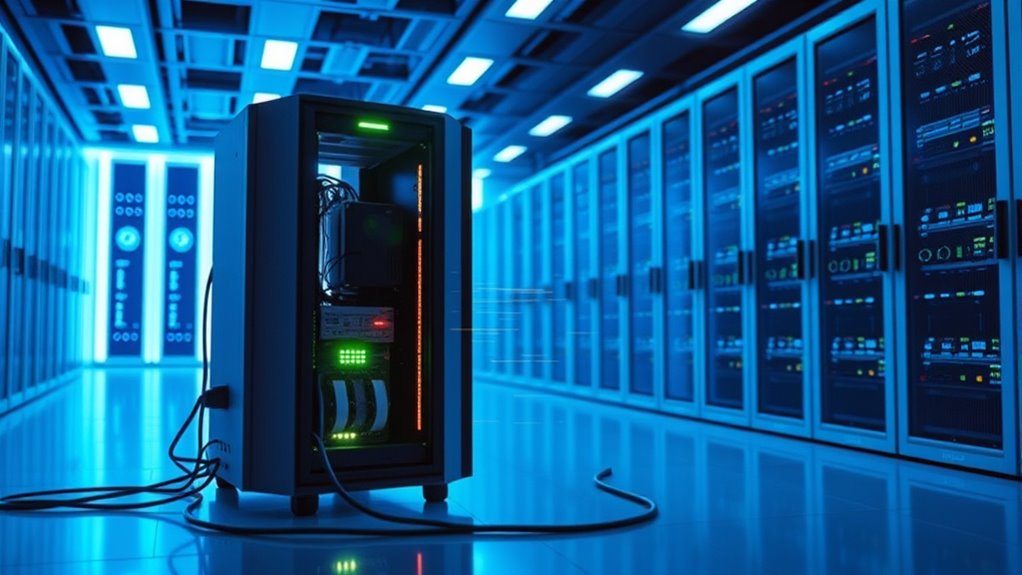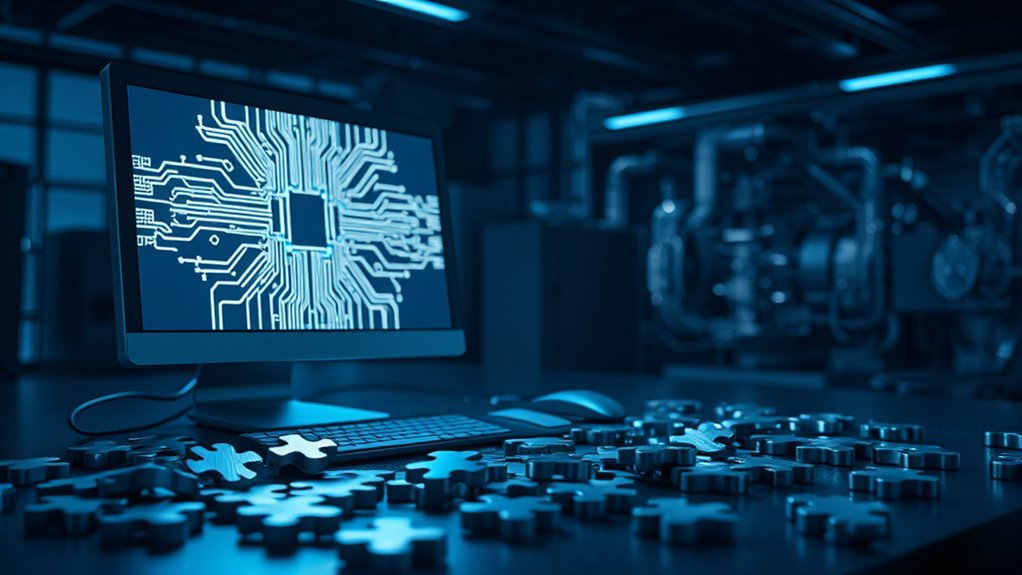Innovation strikes again in the world of artificial intelligence with Retrieval-Augmented Generation, or RAG. This new technique is making waves by helping AI systems give better, more accurate answers. RAG works by combining a smart AI model with information pulled from outside data sources. Think of it as a super-smart student who checks the library for facts before answering a question. It’s used to make large language models, or LLMs, sharper and more reliable, especially for specific topics.
Innovation shines with Retrieval-Augmented Generation (RAG), a technique boosting AI accuracy by merging smart models with external data for sharper, reliable answers.
The way RAG operates is pretty neat. It mixes the AI’s built-in knowledge with extra info from databases or the internet. This setup includes two big parts: the generative AI that creates answers and a retrieval system that hunts down useful facts. By connecting to external knowledge bases, RAG helps the AI come up with responses that aren’t just guesses but are backed by real data. It’s like giving the AI a pair of glasses to see the world more clearly. A key advantage is that RAG reduces hallucination by grounding responses in verifiable information, enhancing trust in AI outputs.
One of the coolest things about RAG is how it helps in different areas. It’s used in chatbots and language tools to give spot-on answers. Companies can use it to tap into their own data, making the AI fit their needs without starting from scratch. Plus, it cuts down on costs since there’s no need for constant retraining. It’s flexible too, pulling in all kinds of data to make answers more precise. This efficiency is critical as it lowers training needs by leveraging existing knowledge sources rather than requiring extensive new datasets.
However, RAG isn’t perfect. It depends a lot on the quality of the data it pulls. If the info’s bad, the answers won’t be great either. Setting it up can be tricky, and handling huge amounts of data is a challenge. There’re also worries about keeping data safe and using it in the right way. Additionally, RAG can significantly enhance data analysis by automating repetitive tasks like data preparation, allowing analysts to focus on deeper insights and decision-making.
Looking ahead, RAG is set to grow as AI keeps getting better. It’s already changing how machines understand and reply to us. This tech could shape the future of how we interact with computers, making them smarter and more helpful in ways we’re just starting to see. The journey of RAG is one to watch in the fast-moving world of AI.









